Category Archives: Photography
“‘Tis a custom more honoured in the breach than the observance”
Driving on the right in Mongolia…
After a relatively few hours’ sleep we’re up again for the short drive back to the Tsagaan Survarga cliffs. This time the photography gods are on our side. The wind has subsided and a nice sunrise is starting to light up the rocks below. It’s possible to get some nice detail shots of the rich colours without having to strap yourself to something, but what I’d really like to do is get a photograph of the light on the cliffs from a few meters out. It’s a shame that gravity precludes my stepping out to that position.Wait! I have a drone! I can put my camera in the air and point it at me. This turns out to be the absolutely perfect drone shoot, using it as a mobile still camera. I can move the camera to any position, from the safety of my little eyrie, and the location is large enough and with few enough people that we’re not getting in one another’s way.
After breakfast it’s back in the jeeps for the long drive back to Ulaanbaatar. I’d like to say the long relaxing drive back but that would be untrue. In addition to our driver’s habit of late breaking even when we can all clearly see a hazard, is his habit of ignoring the generally accepted convention that Mongolia drives on the right. I get that he has to not only overtake but sometimes move left to avoid a pothole, however he also frequently drives in the left lane for long stretches even when we can see distant oncoming traffic. The worst case is where he decides to do this going round a blind left-hand band in a clearly-marked “no overtaking” zone, for no apparent reason than he finds it more aesthetically pleasing…
We manage a coffee stop in what is rapidly becoming our favourite coffee shop in Mandalgovi, and then take lunch at the airport. This turns out not to be as daft as it sounds: the new airport is well-positioned about an hour out of the capital, there’s good parking, and Oyu has booked an excellent lunch at the Japanese Noodle Restaurant in the arrivals hall. The only problem is the usual one – the first course is generous, and then another, larger, course arrives!
After lunch we have the final short drive to the hotel, and a few hours to ourselves. However we have a long day tomorrow starting very early with an internal flight, so most of us spend the time repacking ready for that. An early, very light dinner and a few beers set us up for an early night.
[Technical note: I’m very pleased with my drone, the diminutive DJI Mini Pro 3 which seems highly capable despite its small size. However there’s a general problem with DJI RAW files – Capture One and some other common RAW processors don’t support them. The In-camera JPEGs are good, and I’ve used them for this blog, but it looks like getting a good generic solution integrated with my existing workflow and at acceptable cost is going to be non-trivial. I’ll write more on this if/when I find an answer.]
View featured image in Album
It’s instructive to look back on my Zimanga trip, to review what worked, and what I might have done differently. If you’re planning a photo safari, you might find the following useful. Firstly, I can’t praise strongly enough the owners Continue reading →
Over the past few weeks I’ve had the same conversation at least four times: before my trip to South Africa, at least twice while I was on my safari, and also after sharing my images for review. It starts like Continue reading →
Although my "group panoramas" are a tradition, I am on this occasion frustrated, as on every night there’s less than half of group at dinner, between night hide slots and three of us staying at The Homestead, a separate accommodation Continue reading →
After the frustrations and ultimate disappointment of the previous night hide session, I demur from another and after lunch wave goodbye to John and Colin before joining another group, with Calvin as guide, for an afternoon game drive. I Discover Continue reading →
You don’t have to shoot Zimanga at 800mm! I call this “Absence of Elephant”. £4M please! (If Peter Lik can get away with it, why can’t I?) Oh, and about 5 minutes after shooting this scene, it disgorged a herd Continue reading →
With Apologies to My Photography Tutors First, I’d like to apologise to all the authors, tutors, mentors and tour leaders who have tried to instil in me “correct” tripod technique. As they say, it’s not you, it’s me.I don’t particularly Continue reading →
The Italy 2024 Blog I’m not sure I believe in curses as a general rule but I am starting to think that I have inadvertently offended a very particular deity and invoked their wrath. Every time I go on one Continue reading →
With my Zanzibar trip now firmly behind me, I’ve looked back and tried to condense what I experienced into guidance for future visitors and photographers. This was my first trip to East Africa, and I came away with a lot Continue reading →
One of the reasons we have not previously explored Capitol Reef is that although it’s an enormous, diverse park, it’s not particularly well served by either self-drive roads or shared transport like a shuttle service. You can drive through the Continue reading →
Friday, October 27, 2023 in
Photography,
Travel,
USA 2023
Great sport at the UK’s Strongest Man 2023 / UK’s Strongest Woman 2023. However not impressed by the new (on the day, as far as I could work out) ban on “professional cameras” which meant the G9 had to remain Continue reading →
Welcome to a new sport, discovered on a visit to Burghley House and Park this weekend. Horse Boarding. Horse Boarding at Burghley Park (Show Details) Camera: Panasonic DC-G9 | Date: 28-05-2023 16:22 | Resolution: 1524 x 1524 | ISO: 200 Continue reading →
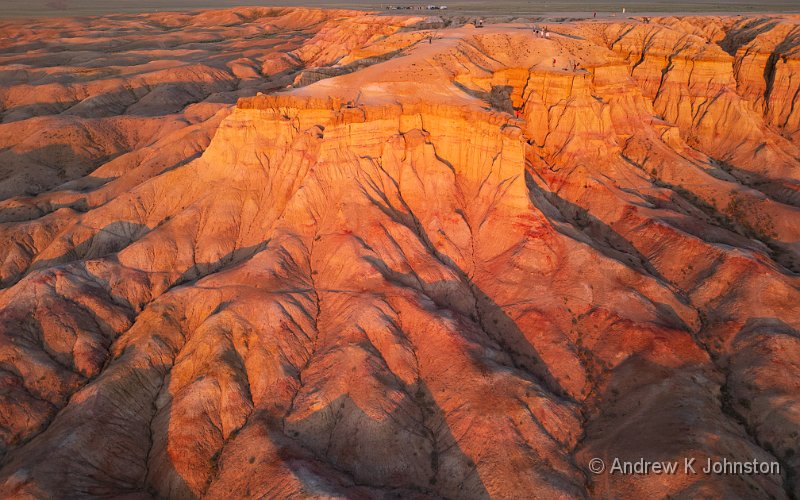



 List
List Abstract
Abstract One+Abstract
One+Abstract



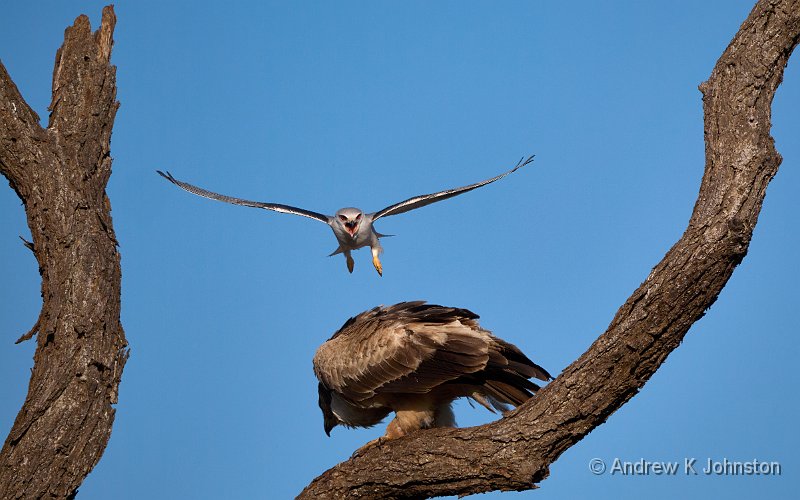
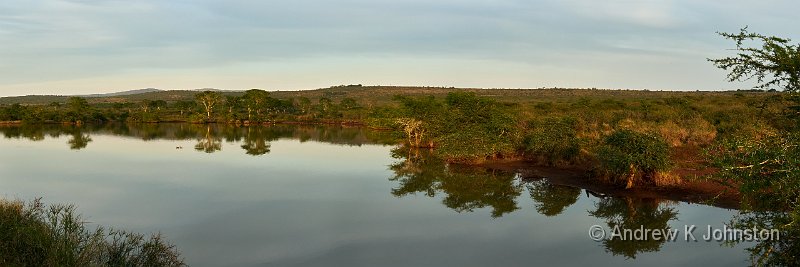

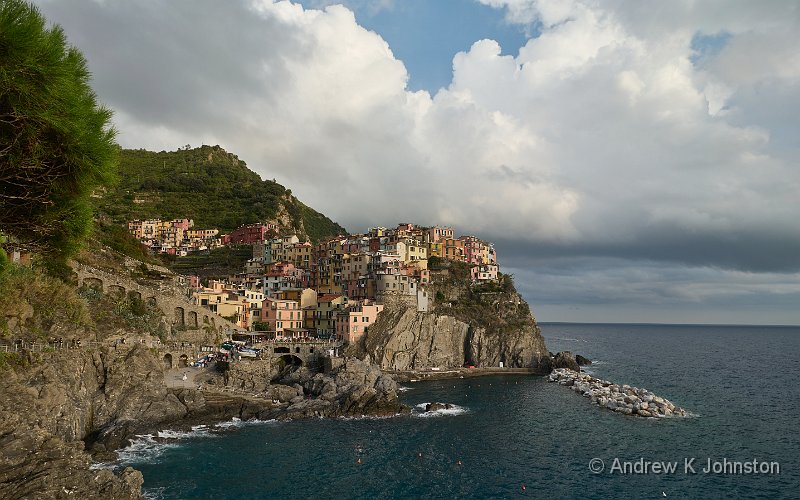

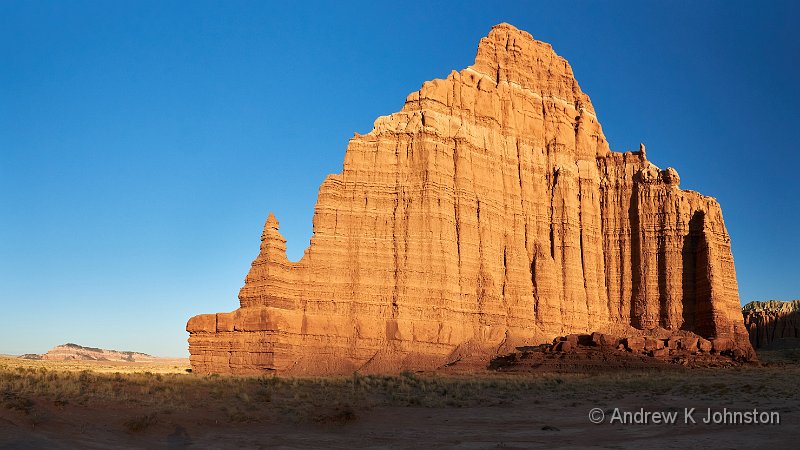


 Thoughts on the World (Main Feed)
Thoughts on the World (Main Feed) Main feed (direct XML)
Main feed (direct XML)